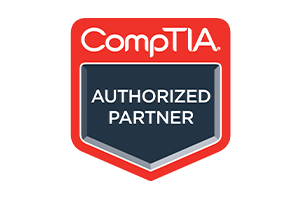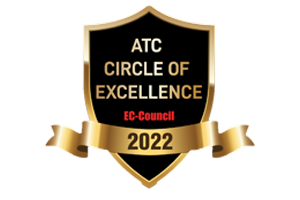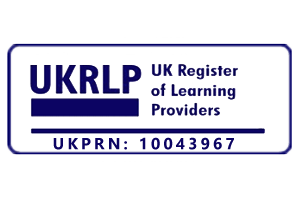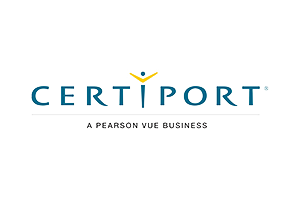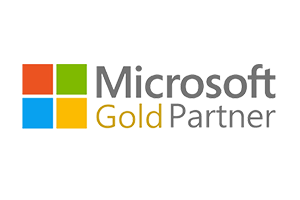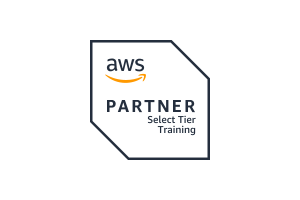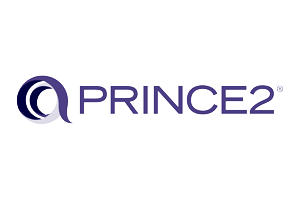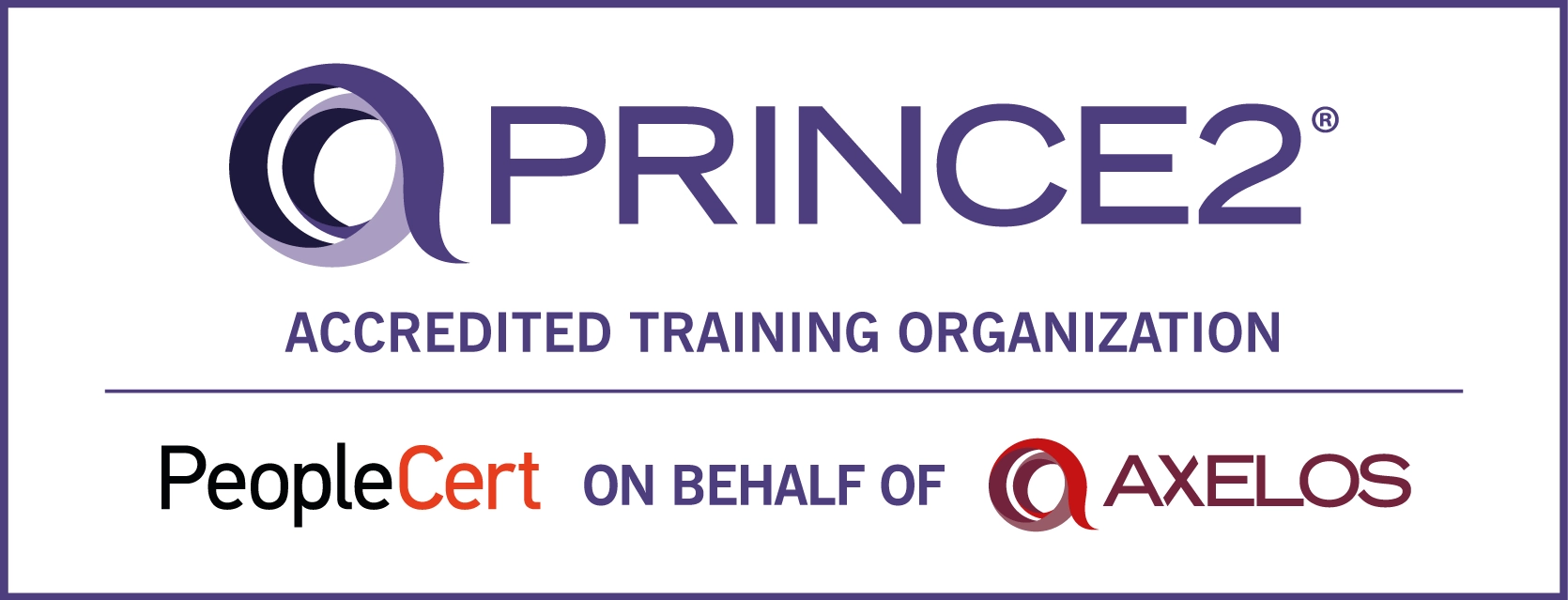Since its inception in 1978, more than 151,000 people have obtained
ISACA®’s Certified Information Systems Auditor®
(CISA®)
certification to validate their expertise in understanding and
performing vital roles in audit, security and control.
The CISA job practice consists of domains, subtopics and supporting
tasks representing the work performed in information systems audit,
assurance and control. These domains, subtopics and tasks are the
results of extensive research, feedback, and validation from subject
matter experts and prominent industry leaders from around the globe.
The CISA exam consists of 150 questions covering 5 job practice
domains and tests your understanding of the knowledge and practical
abilities an expert professional brings to the real-life job
practice as it relates to information systems. Your ability to pass
the exam will amount to substantial proof of your own expertise in
the following practical work-related domains.
Below are the key domains, subtopics and tasks candidates will be
tested on:
Domain 1—INFORMATION SYSTEMS AUDITING PROCESS -
(21%)
Providing audit services in accordance with standards to assist
organisations in protecting and controlling information systems.
Domain 1 affirms your credibility to offer conclusions on the state
of an organization’s IS/IT security, risk and control
solutions.
A. Planning
- IS Audit Standards, Guidelines, and Codes of Ethics
- Business Processes
- Types of Controls
- Risk-Based Audit Planning
- Types of Audits and Assessments
B. Execution
- Audit Project Management
- Sampling Methodology
- Audit Evidence Collection Techniques
- Data Analytics
- Reporting and Communication Techniques
- Quality Assurance and Improvement of the Audit Process
Domain 2—Governance and Management of IT - (17%)
Domain 2 confirms to stakeholders your abilities to identify critical
issues and recommend enterprise-specific practices
to support and safeguard the governance of information and related
technologies.
A. IT Governance
- IT Governance and IT Strategy
- IT-Related Frameworks
- IT Standards, Policies, and Procedures
- Organizational Structure
- Enterprise Architecture
- Enterprise Risk Management
- Maturity Models
- Laws, Regulations, and Industry Standards affecting the
Organization
B. IT Management
- IT Resource Management
- IT Service Provider Acquisition and Management
- IT Performance Monitoring and Reporting
- Quality Assurance and Quality Management of IT
Domain 3—Information Systems Acquisition,
Development and Implementation - (12%)
A. Information Systems Acquisition and Development
- Project Governance and Management
- Business Case and Feasibility Analysis
- System Development Methodologies
- Control Identification and Design
B. Information Systems Implementation
- Testing Methodologies
- Configuration and Release Management
- System Migration, Infrastructure Deployment, and Data Conversion
- Post-implementation Review
Domain 4—INFORMATION SYSTEMS OPERATIONS AND
BUSINESS RESILIENCE - (23%)
Domains 3 and 4 offer proof not only of your competency in IT
controls, but also your understanding of how IT relates
to business.
A. Information Systems Operations
- Common Technology Components
- IT Asset Management
- Job Scheduling and Production Process Automation
- System Interfaces
- End-User Computing
- Data Governance
- Systems Performance Management
- Problem and Incident Management
- Change, Configuration, Release, and Patch Management
- IT Service Level Management
- Database Management
B. Business Resilience
- Business Impact Analysis (BIA)
- System Resiliency
- Data Backup, Storage, and Restoration
- Business Continuity Plan (BCP)
- Disaster Recovery Plans (DRP)
Domain 5—Protection of Information Assets - (27%)
Cybersecurity now touches virtually every information systems role,
and understanding its principles, best practices
and pitfalls is a major focus within Domain 5.
A. Information Asset Security and Control
- Information Asset Security Frameworks, Standards, and Guidelines
- Privacy Principles
- Physical Access and Environmental Controls
- Identity and Access Management
- Network and End-Point Security
- Data Classification
- Data Encryption and Encryption-Related Techniques
- Public Key Infrastructure (PKI)
- Web-Based Communication Techniques
- Virtualized Environments
- Mobile, Wireless, and Internet-of-Things (IoT) Devices
B. Security Event Management
- Security Awareness Training and Programs
- Information System Attack Methods and Techniques
- Security Testing Tools and Techniques
- Security Monitoring Tools and Techniques
- Incident Response Management
- Evidence Collection and Forensics
Supporting Tasks
- Plan audit to determine whether information systems are
protected, controlled, and provide value to the organization.
- Conduct audit in accordance with IS audit standards and a
risk‐based IS audit strategy.
- Communicate audit progress, findings, results, and
recommendations to stakeholders.
- Conduct audit follow‐up to evaluate whether risks have been
sufficiently addressed.
- Evaluate the IT strategy for alignment with the
organization’s strategies and objectives.
- Evaluate the effectiveness of IT governance structure and IT
organizational structure.
- Evaluate the organization’s management of IT policies and
practices.
- Evaluate the organization’s IT policies and practices for
compliance with regulatory and legal requirements.
- Evaluate IT resource and portfolio management for alignment with
the organization’s strategies and objectives.
- Evaluate the organization's risk management policies and
practices.
- Evaluate IT management and monitoring of controls.
- Evaluate the monitoring and reporting of IT key performance
indicators (KPIs).
- Evaluate the organization’s ability to continue business
operations.
- Evaluate whether the business case for proposed changes to
information systems meet business objectives.
- Evaluate whether IT supplier selection and contract management
processes align with business requirements.
- Evaluate the organization's project management policies and
practices.
- Evaluate controls at all stages of the information systems
development lifecycle.
- Evaluate the readiness of information systems for implementation
and migration into production.
- Conduct post‐implementation review of systems to determine
whether project deliverables, controls, and requirements
are met.
- Evaluate whether IT service management practices align with
business requirements.
- Conduct periodic review of information systems and enterprise
architecture.
- Evaluate IT operations to determine whether they are controlled
effectively and continue to support the organization’s
objectives.
- Evaluate IT maintenance practices to determine whether they are
controlled effectively and continue to support the
organization’s objectives.
- Evaluate database management practices.
- Evaluate data governance policies and practices.
- Evaluate problem and incident management policies and practices.
- Evaluate change, configuration, release, and patch management
policies and practices.
- Evaluate end-user computing to determine whether the processes
are effectively controlled.
- Evaluate the organization's information security and privacy
policies and practices.
- Evaluate physical and environmental controls to determine
whether information assets are adequately safeguarded.
- Evaluate logical security controls to verify the
confidentiality, integrity, and availability of information.
- Evaluate data classification practices for alignment with the
organization’s policies and applicable external
requirements.
- Evaluate policies and practices related to asset lifecycle
management.
- Evaluate the information security program to determine its
effectiveness and alignment with the organization’s
strategies
and objectives.
- Perform technical security testing to identify potential threats
and vulnerabilities.
- Utilize data analytics tools to streamline audit processes.
- Provide consulting services and guidance to the organization in
order to improve the quality and control of information
systems.
- Identify opportunities for process improvement in the
organization's IT policies and practices.
- Evaluate potential opportunities and threats associated with
emerging technologies, regulations, and industry practices.
